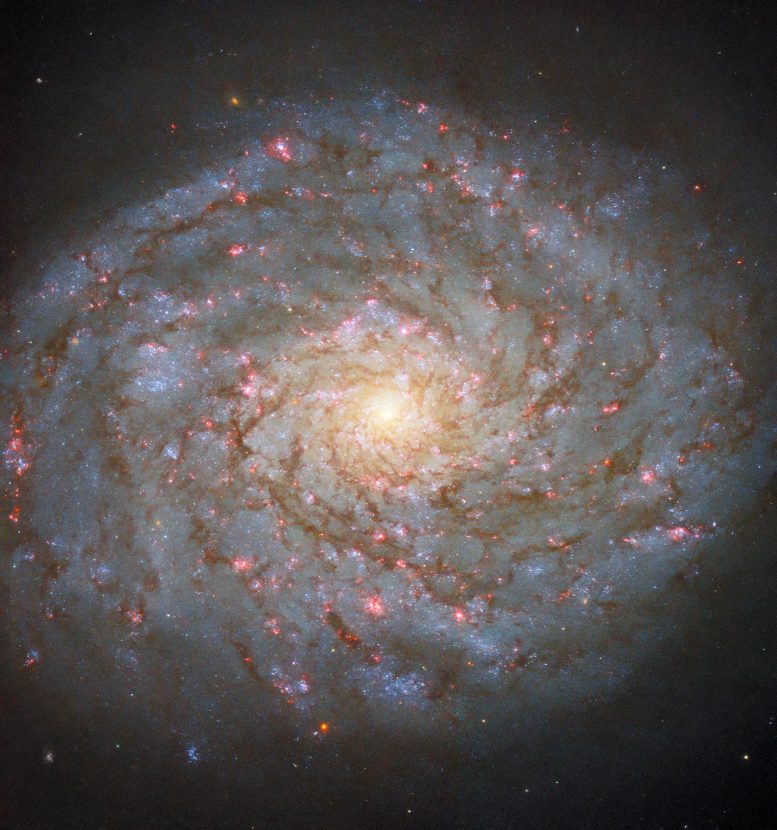
From Ancient Egyptian Myths to Astrophysics: A Jewel in the Queen’s Hair

NGC 4689, a galaxy featured in this Hubble image, lies in the constellation named after Queen Berenice II of Egypt and plays a key role in studies of galaxy evolution with data complementing the Webb telescope. Credit: ESA/Hubble & NASA, D. Thilker, J. Lee and the PHANGS-HST Team
This stunning Hubble Space Telescope image shows the jewel-bright spiral galaxy NGC 4689, which is located approximately 54 million light-years from Earth in the constellation Coma Berenices. This constellation has the unique distinction of being the only one of the 88 constellations officially recognized by the International Astronomical Union (IAU) to be named after a historical figure, Queen Berenice II of Egypt.
The Latin word ‘coma’ references her hair, meaning that NGC 4689 can be said to be situated in the hair of a queen. Some people of Berenice’s time would have meant this quite literally, as the story goes that her court astronomer thought that a missing lock of Berenice’s hair had been catasterized (a word meaning ‘placed amongst the stars’) by the gods: hence the name of the constellation, Coma Berenices.
NGC 4689’s Role in Modern Astronomy
NGC 4689 holds an interesting — albeit less royal — place in modern astronomy too. The Universe is so incredibly vast that at a distance of a mere 54 million light-years NGC 4689 is relatively nearby for a galaxy. This image has been made using data from two sets of observations, one made in 2019 and 2024, both of which were made as a part of programs that observed multiple ‘nearby’ galaxies.
The 2024 observing program is an interesting example of how Hubble — a relatively old but extraordinarily productive telescope — can support the work of the technologically cutting-edge Webb telescope. Observations collected by Webb stand to transform our understanding of how galaxies transform and evolve over time, by providing data of an unprecedented level of detail and clarity.
The Complementary Role of Hubble and Webb Telescopes
However, thanks to their complementary capabilities, new observations from Hubble — such as those used to create this image — can assist the work done using Webb. In this case, the Hubble data were collected in order to get a more accurate grasp of the stellar populations of nearby galaxies, which is crucial to understanding the evolution of galaxies. Thus, NGC 4689 is playing an important role in developing our understanding of how all galaxies evolve. In fact, it is observed enough that it has been the subject of a Hubble Picture of the Week before, in 2020.


